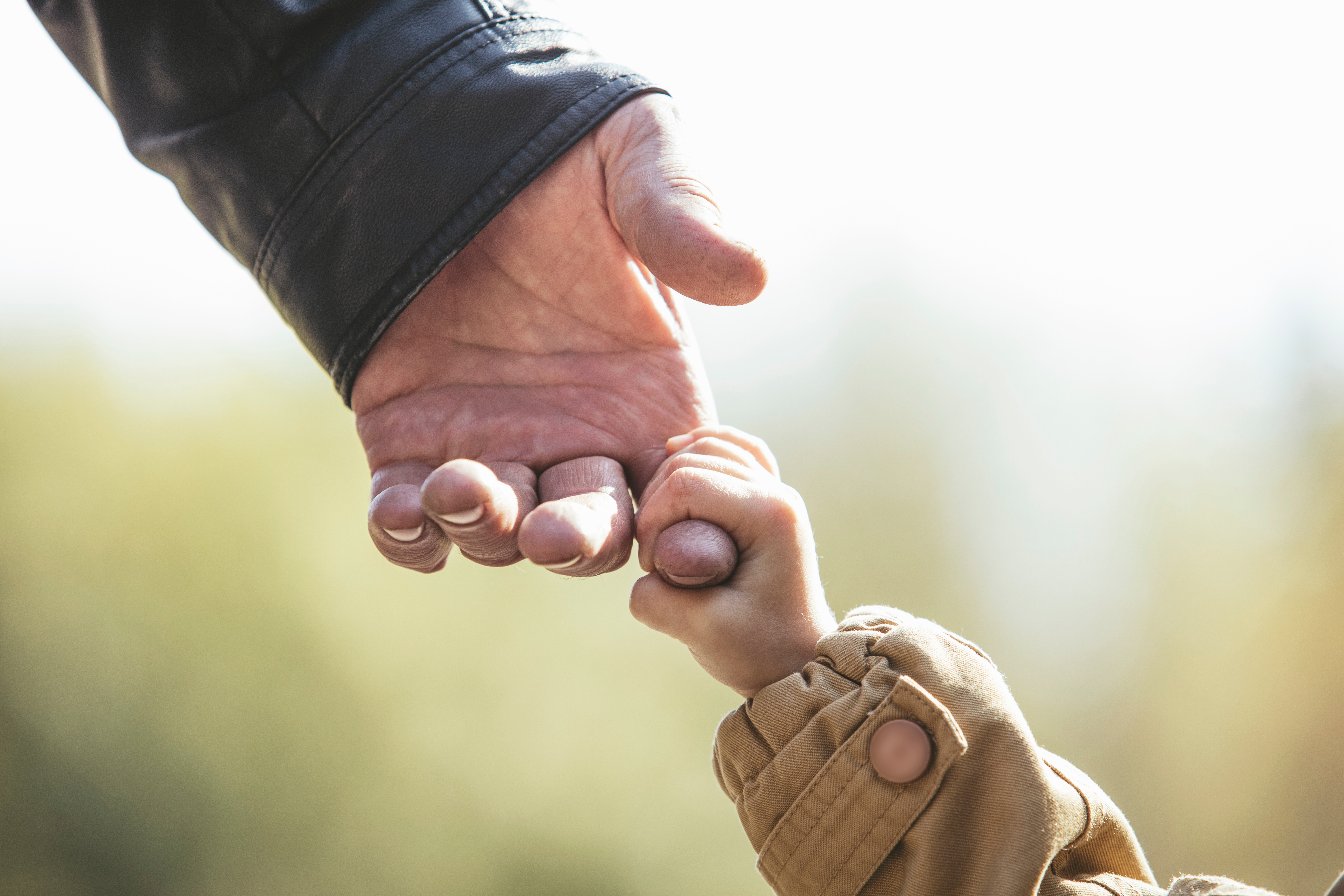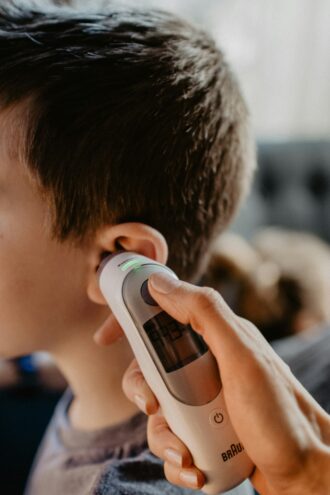Caring for an elderly loved one can be very rewarding, however a significant concern for many is the risk of falls, which can lead to serious injuries. Preventing falls is crucial to ensuring the safety and well-being of our ageing family members. The good news is that there are things that can be done. From installing a panic button for seniors in case of falls to ensuring that there are alarms with low strings in bathrooms, there are plenty of things that can be used to help seniors in need. In this guide, we’ll explore various strategies, and home adaptations that can help you keep your elderly loved ones safe from falls.

Understanding the Risk of Falls in the Elderly
Falls are a leading cause of injury among older adults and can result in fractures, head injuries, and even a loss of independence. Understanding the risk factors is the first step toward prevention.
Common Risk Factors
Several factors increase the likelihood of falls in the elderly:
- Balance and Gait Issues: Ageing can affect balance and coordination, making it harder for seniors to walk steadily.
- Vision Problems: Poor eyesight can make it difficult to see obstacles in their path.
- Medication Side Effects: Some medications can cause dizziness or drowsiness, increasing the risk of falls.
- Home Hazards: Clutter, poor lighting, and slippery floors are common hazards that can lead to falls.
Why Falls Are Dangerous
Falls can have severe consequences for older adults:
- Physical Injuries: These can range from minor bruises to severe fractures and head injuries.
- Psychological Impact: The fear of falling can lead to a loss of confidence and reduced mobility.
- Healthcare Costs: Fall-related injuries may require expensive long-term care.
Mobility Aids to Enhance Safety
Mobility aids are essential in preventing falls, as they provide support and stability, making it easier for seniors to move around safely.
Walkers and Canes
Walkers and canes are simple yet effective tools:
- Walkers offer more support than canes and are suitable for those with significant balance issues.
- Canes are ideal for individuals who need minimal assistance and are useful for navigating short distances.
Wheelchairs
For seniors with severe mobility issues, wheelchairs can be a lifesaver:
- Manual Wheelchairs require the user or caregiver to push, making them suitable for those who still have some upper body strength.
- Electric Wheelchairs offer greater independence, allowing users to move around with minimal effort.
Rollators
Rollators are walkers equipped with wheels, brakes, and a seat. They provide more mobility than traditional walkers and include a seat for resting.
Home Adaptations for Fall Prevention
Modifying your loved one’s home environment can significantly reduce the risk of falls. Here are some key adaptations to consider:
Grab Rails and Handrails
Installing grab rails and handrails can provide much-needed support:
- Bathroom Safety: Grab rails near the toilet and shower can help seniors maintain their balance.
- Stairways and Hallways: Adding handrails along stairways and hallways can prevent falls in these high-risk areas.
Raised Toilet Seats
A raised toilet seat makes it easier for seniors to sit down and stand up:
- Ease of Use: They reduce the strain on the knees and hips, making bathroom visits safer and more comfortable.
- Variety of Options: Choose from different heights and styles to suit their specific needs.
Stairlifts
Stairlifts are a significant investment but can be life-changing:
- Accessibility: They allow seniors to safely move between floors without the risk of falling on the stairs.
- Professional Installation: Ensure the stairlift is installed by a professional for optimal safety and functionality.
Living Aids to Improve Daily Safety
In addition to mobility aids and home adaptations, various living aids can enhance safety in daily activities.
Non-Slip Mats and Rugs
Slippery surfaces are a common cause of falls:
- Non-Slip Mats: Place non-slip mats in the bathroom, kitchen, and other areas prone to moisture.
- Secure Rugs: Ensure all rugs are secured with non-slip backing or double-sided tape to prevent them from slipping or curling.
Proper Lighting
Good lighting is essential for preventing falls:
- Brighten Up: Ensure all areas of the home, especially hallways and staircases, are well-lit.
- Night Lights: Install night lights in the bedroom, bathroom, and hallways to make nighttime trips safer.
Furniture Arrangement
Arrange furniture to create clear, obstacle-free pathways:
- Declutter: Remove unnecessary furniture and clutter from walkways.
- Sturdy Furniture: Ensure furniture is sturdy and won’t tip over if used for support.
Encouraging Safe Habits and Physical Activity
Beyond tools and adaptations, encouraging safe habits and physical activity can go a long way in preventing falls.
Regular Exercise
Exercise can improve strength, balance, and coordination:
- Balance Exercises: If your loved ones are able, exercises like tai chi and yoga can enhance balance and flexibility.
- Strength Training: Light weightlifting can strengthen muscles and improve overall stability.
Building a Support Network
Caring for an elderly loved one is a team effort. Building a support network can provide additional safety and peace of mind.
Family Involvement
Involve family members in caregiving:
- Share Responsibilities: Distribute caregiving tasks among family members to avoid burnout.
- Communication: Keep open lines of communication to address any concerns or changes in the loved one’s condition.
Professional Help
Don’t hesitate to seek professional help when needed:
- Home Health Aides: Hire a home health aide to assist with daily activities and monitor the loved one’s condition.
- Occupational Therapists: Consult an occupational therapist to assess the home and recommend further adaptations.
Summary
Preventing falls in elderly loved ones can be achieved through using mobility aids, making home adaptations, and fostering safe habits. By understanding the risks and implementing these strategies, you can help to create a safer environment for your elderly loved ones. Remember, it’s always better to take preventive measures now than to deal with the consequences of a fall later. Together, we can keep our elderly loved ones safe and secure.







Leave a Reply